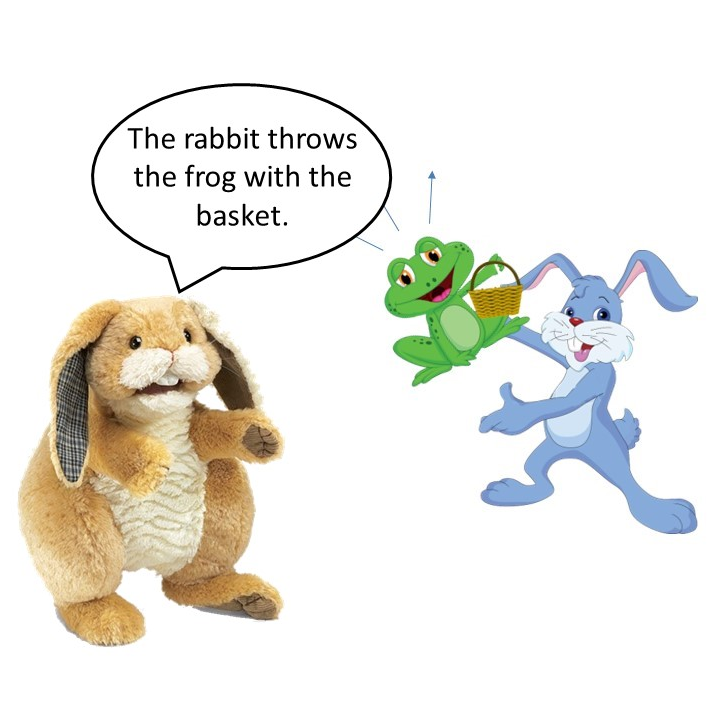
How do children interpret sentences?
Language Acquisition & Processing Lab (University of Toronto Mississauga)
Who Can Participate |
4.5 - 6.5 year olds |
What Happens |
This study will take place on a video call, live with a researcher! Clicking on the “Schedule a time to participate” button will send you to an online calendar where you can select a date and time that works for you. |
What We're Studying |
How do we decide what sentence structure to use when speaking to others? Research on adults has shown that our sentence interpretation and production is affected by the structure of the previous sentence that they heard. This study examines whether the structure of the sentences that children hear or produce affects their interpretation or production of later sentences. This study will help us understand if children are making decisions about sentence structure in the same way as adults or if this ability develops with language. We are interested in whether children's decisions about sentence meaning & sentence structure choice are related to previous sentences in a conversation. |
Duration |
15-20 minutes |
Compensation |
$5 USD Amazon gift card (amazon.com) processed within 2 weeks of participation. Conditions for payment: child needs to be in the listed age range; child needs to be visible on the Zoom call at some point; only one gift card per participant. |
This study is conducted by Emily Atkinson (contact: laplab@utoronto.ca).